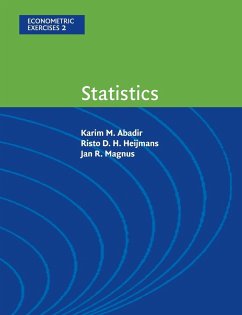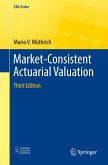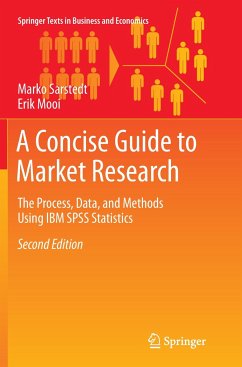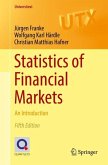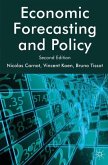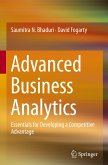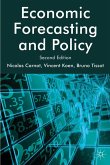Building on the success of Abadir and Magnus' Matrix Algebra in the Econometric Exercises Series, Statistics serves as a bridge between elementary and specialized statistics. Professors Abadir, Heijmans, and Magnus freely use matrix algebra to cover intermediate to advanced material. Each chapter contains a general introduction, followed by a series of connected exercises which build up knowledge systematically. The characteristic feature of the book (and indeed the series) is that all exercises are fully solved. The authors present many new proofs of established results, along with new results, often involving shortcuts that resort to statistical conditioning arguments.
'There are many outstanding statistics textbooks. This book stands alone in its extensive and in-depth treatment of fundamentals, followed by the well-designed, pedagogical exercises. The rewards of going through the book are immense for anyone serious about learning statistics. It can also serve as an excellent reference for advanced students and researchers.' Cheng Hsiao, University of Southern California

